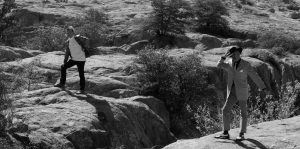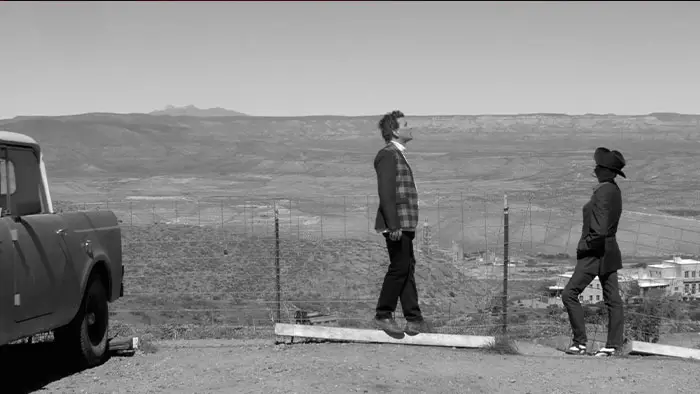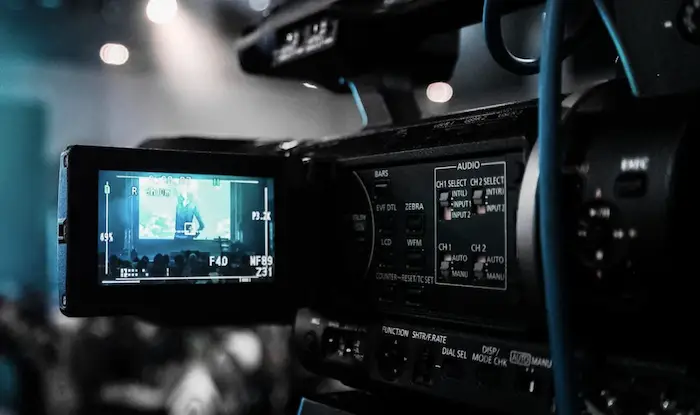
From a story standpoint, my biggest problem was the way the story was told. Mainly, the film was a series of plot-driven actions that slowly revealed the mystery behind the mysteries. What was desperately missing was some sort of character arc, primarily with your lead character The Investigator. I love that he speaks in a narrative, documentary style, but that character should have some kind of an arc that pushes him to an emotional climax, where he comes out different at the end. Instead, The Investigator is the same person from start to finish. Sure, events happen to him that changes him physically (I won’t spoil anything here), but you want a personal development to change the fundamental core of his being.

“She shot the entire film by herself as well as edited it and composed a very ominous sci-fi score.”
That said, there’s a lot to admire 13 Mysteries. It’s not easy to make a film, and in Julia Noel’s case, it was a great accomplishment. She found actors to act in her 105-minute movie. She shot the entire film by herself as well as edited it and composed a very ominous sci-fi score. Not only that she took risks stylistically to add to her complications, 13 Mysteries was shot in black-and-white. A brilliant choice, which helped give it a Twilight-Zone feel but gave it a visual boost. She also overcame her budget limitations by shooting in a satirical, surrealist style providing again visually interesting scenes. All zero-cost enhancements to her low budget film.
Problems aside, this is by no means a death nail in Julia Noel’s film career. There’s a place for 13 Mysteries on the experimental and alternative indie film festival circuit. An excellent path to network with fellow filmmakers, get advice, and then do it all over again. Bad films are never the end. I talked to many filmmakers who’ve said, “I had to make a bad film before I made a good one.” Perfection comes from learning our mistakes.
"…shooting in a satirical, surrealist style providing again visually interesting scenes."

